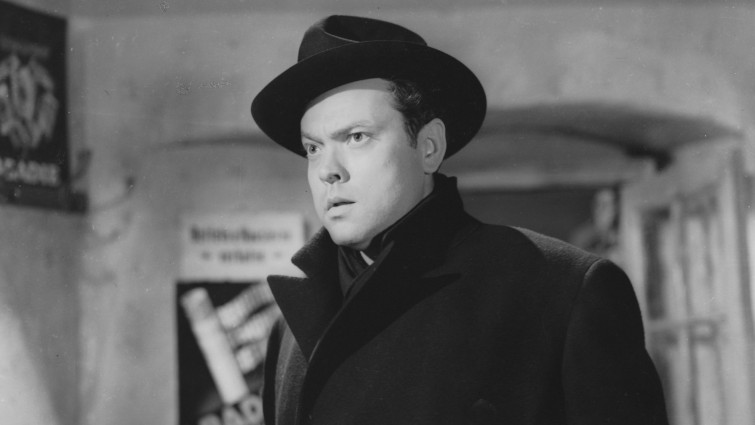

Member review

The Third Man
A novelist travels to post-World War II Vienna to visit a close friend, only to discover that he has recently died in suspicious...
Certificate
Duration104 mins
Review by
-
 Alistair, 18
Alistair, 18 - 12 reviews
The Third Act (the only good part)
Carol Reed’s 1948 film ‘The Third Man’ had been built up for me. I had high expectations. I was tremendously let down.
Though are many elements I enjoyed – Orson Welles’ performance, the overall iconic noir aesthetic, occasional comedic moments and the tension of the third act – these are heavily outweighed by the negatives.
Firstly, the incredibly poor pacing of the film not only managed to make one hour and forty eight minutes feel like around two and a half Lawrence of Arabia’s, but also stretched the first two, almost empty, acts to over an hour and condense the actually interesting third act to the last fifteen minutes. There is also a complete lack of characterisation in our “protagonist” Holly Martins (Joseph Cotton) and Stock Female Character Anna Schmidt (Alida Valli) – I could write a full essay on how thinly written and underdeveloped female characters are in so many “classic” films, but I’m not exactly the first to notice. This led me to be uninterested and the furthest thing from invested until the introduction of Harry Lime (Orson Welles). Welles’ character is mentioned countless times before his first appearance, late in the film, and despite being the only memorable and charismatic character, barely has any screen time – only adding to my frustration.
What upset me the most about The Third Man is all of that wasted potential. There are SOME great visuals, SOME great lines, SOME effective moments – not enough to make it worthwhile to me, or to help it stand the test of time. I suppose I understand why it is fondly remembered, but this black and white noir film still looks monochrome to me when viewed through rose-tinted glasses.